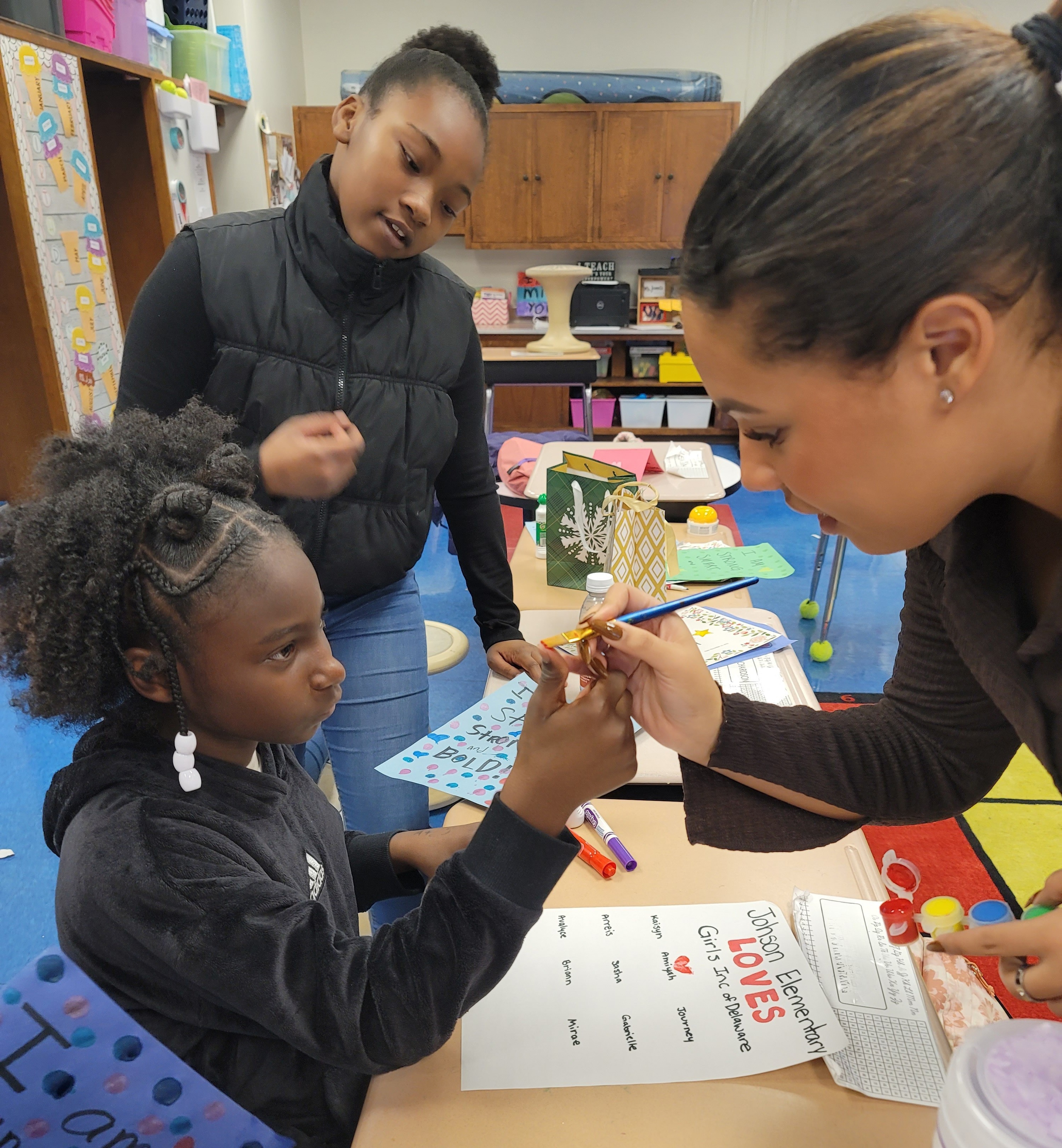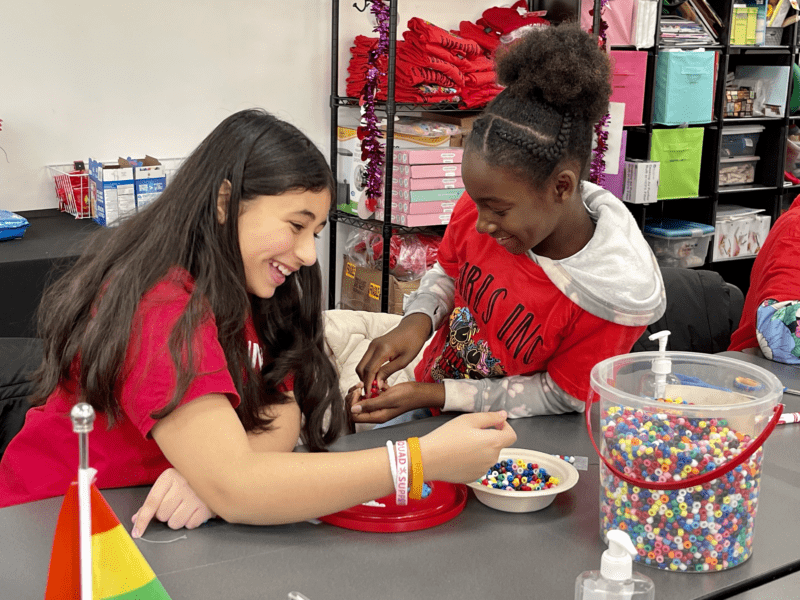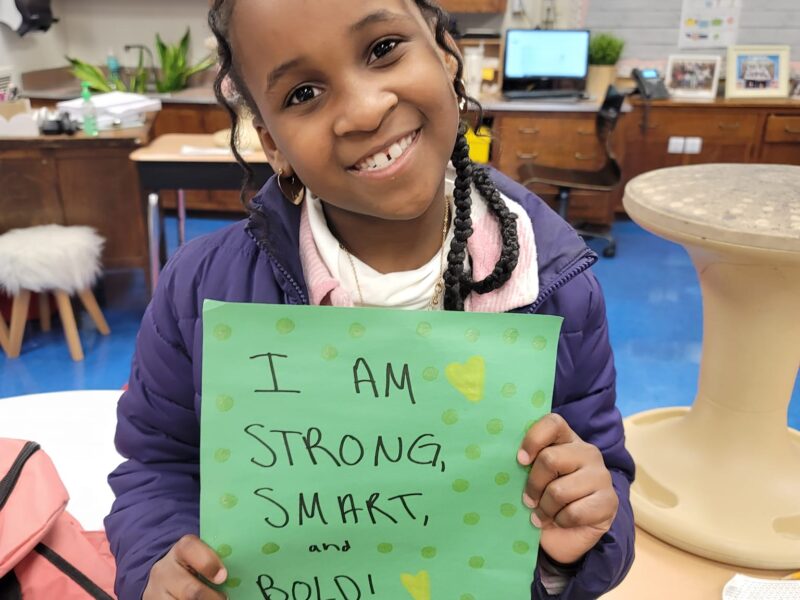Positively Addressing Issues with Bullying + Regulation of Emotions
 Author: Grace Anderson
Author: Grace Anderson
We have been long-term partners with Johnson Elementary School, serving in their after-school program for several school years. Dr. Woods, who originally ran the afterschool program, has always raved about our partnership. She has stated in the past that she “is so proud to have Girls Inc as part of our Wildcat Program, as Girls Inc has done a tremendous job at not only embracing our Wildcats but also helping them to become Girls Inc girls and all that encompasses. They have helped our girls in the areas of social and emotional learning, provided support with their academics, and exposed them try different community service initiatives and projects that they might not have previously known about.” It has been explained that the population that attends this school benefits greatly from services like those that are offered in their afterschool programming. The outcomes of this program have been positive, and through the continued partnership, we intend to keep making an impact on the girls at Johnson Elementary.
In my role as a facilitator at Johnson Elementary School, when I first started, the girls were very combative, and it was explained that, especially among the female population, there were issues with bullying and regulation of emotions. In my time there, I can attest that there was a drastic change in the ways that the girls who attended our programming communicated with each other, respected those in the school, and carried themselves. One student in particular (J.S.) came into programming very self conscious and, in turn, defensive towards others because educationally she was not at the same level as her peers. She was lashing out at teachers and students in instances where they were trying to help her or have civil interactions. She also spent a lot of time outside of the classroom as walking around was the only way that she was able to calm down. In working with her, this was quickly revealed, and we addressed her self-esteem and how she processed difficult emotions so that communication could occur rather than aggression. I provided her with alternative coping mechanisms that were practiced and we worked on how to explain the feelings she was experiencing. By the end of the program, she exuded confidence, had more positive relationships with peers, and was ready for her transition to middle school.


